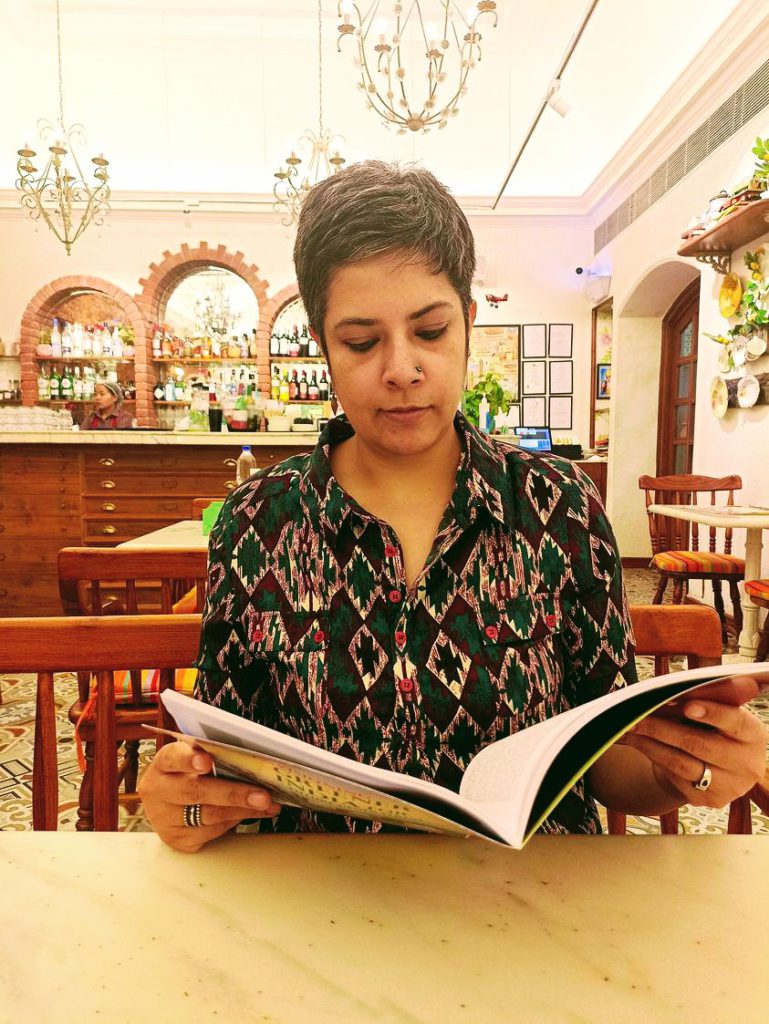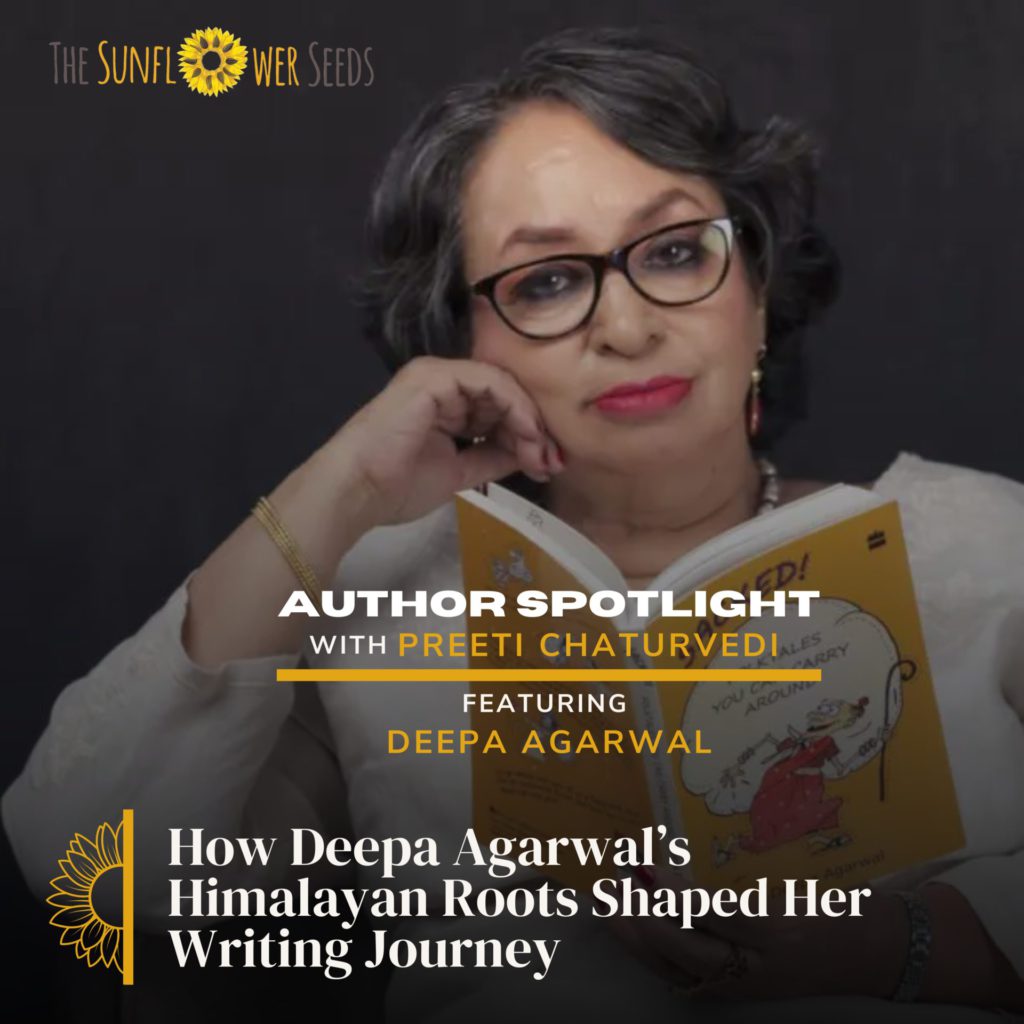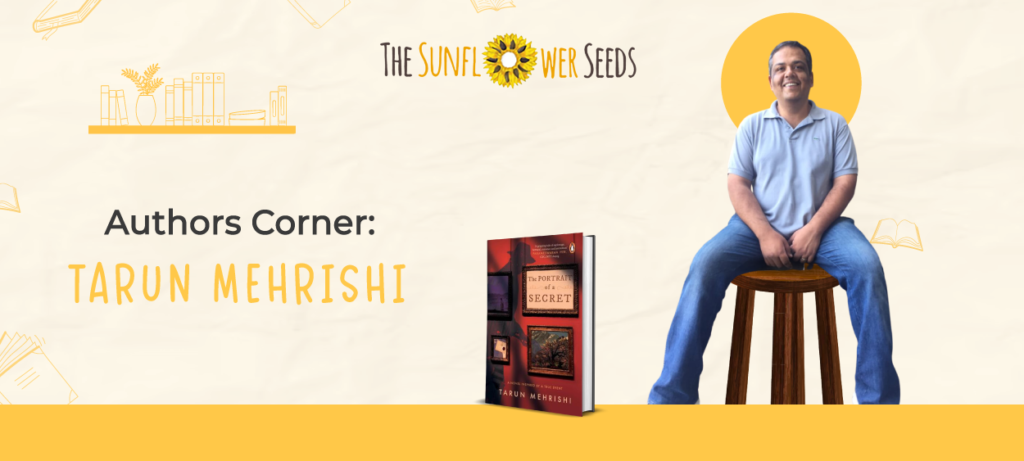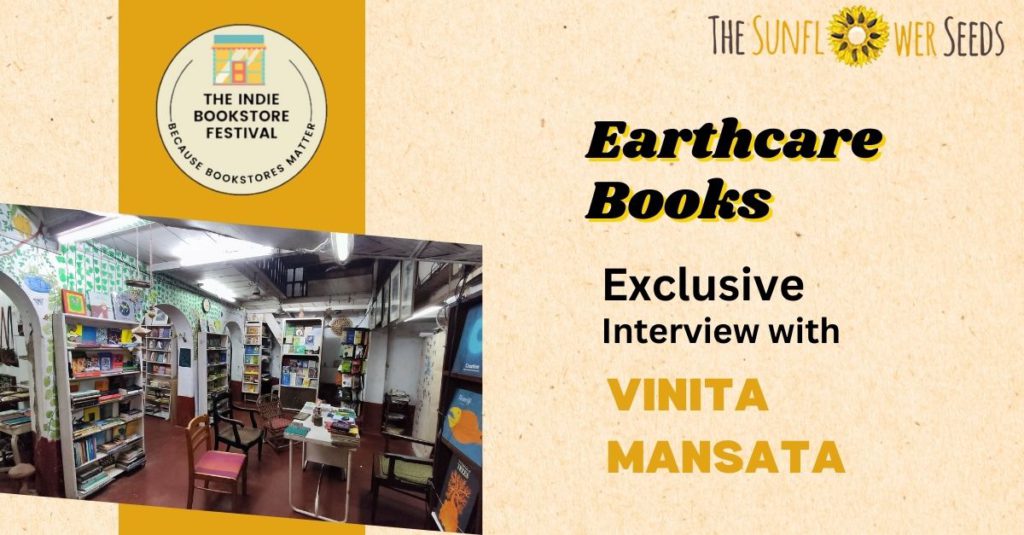Mamta Nainy - My love of writing comes from my love of reading

What inspired you to become a children’s book author, and what led you to focus on writing books that explore the Indian context?
My love of writing comes from my love of reading, which has been one of the constant joys of my life. And, I think, when you read a lot, in your heart of hearts, you also wish to see your name on the spine of a book. I think this wish sort of triggered my first attempts at writing.
I have been fond of children’s books for as long as I can remember. So, writing for children, I would guess, was a fairly obvious choice. Though I rambled through the long, winding road of writing copy for advertisements, copy-editing self-help and coffee-table books, and dreaming up a magnum opus under my name before a small girl inspired me to write my first picture book for children. When that got published, I felt brave enough to write more for children and haven’t stopped since then.
I feel our identities, both individually and collectively, are constructed through stories. They help us negotiate our space in the world by helping us construct and communicate our identities. So, it is important to me to read, write, and celebrate stories that reflect a whole range of life experiences and reflect the diverse place that our world really is.
What are some of your favourite themes to explore in children’s literature? What draws you to those themes?
I believe books have a real impact on people’s identities and I’m interested in writing stories that explore diverse ways of being and becoming, stories that cherish and celebrate the similarities and the differences. I reflect a lot on my identity and I find these aspects come through in my work as well. Also, one of the key attempts in my creative practice as a picture book creator is to constantly interrogate myself and the world around me to arrive at a balanced ‘seeing’—to acknowledge both what the world is and what it could be, to not shy away from taking an honest look at all the sadness and pain in the world while also offering things that are worthy of our attention and awe, to write into the heart of reality but with compassion and warmth, with hope and a song in one’s heart about the future.
How do you approach writing literature for young readers? What is your writing (and illustrating!) process?
As a writer, there are some questions I find myself constantly grappling with: What are the stories that are mine to tell? What are my lived experiences? What are the stories of my heart? I think this reflection helps to inspire different stories. The process of choosing what I write and how I write it is always an exploratory process for me—and different stories demand different approaches.
To answer the second part of your question, an idea usually strikes at the oddest hour and I jot it down on the notepad on my phone. It then jostles for space in my head amidst a rumpus of other things. I try to banish it on several counts. But if it survives, I let it have its way and write my first draft. I keep the first draft aside to let it cool. After it has rested enough, I come back to it and start revising. I think writing, for the most part, is a work in progress.
Tell us more about your book ‘That Big-Voiced Girl’! It is such an exciting subject to write about! How did you come about it? What drew you to Usha Uthup’s story?
I think I really appreciate Usha Uthup’s story for multiple reasons. The first one, of course, is a personal connection that I have with her music that formed the backdrop of my growing-up years. It is my way of going back to that softer world of my childhood.
When I started researching her story, I just knew there was a children’s book in there – and I was especially drawn to the anecdotes from Uthup’s early childhood. In terms of the format, I think there is both inherent responsibility and challenge in presenting someone’s life—for even within the life of one person, there are many stories to be told. I don’t usually do full biographies, so choosing the one aspect that I wanted to convey through the story had mostly to do with what had an impact on me and was, therefore, important to me. So, I wrote the first draft of the story that centered on the moment when young Usha was rejected in an audition for the school choir because of her big, bold voice. I think that is really where the story started for me. On a surface level my goal while writing this book was to bring out the true spirit of Usha Uthup, to extract the essence of her trajectory, but at a deeper level, it was to make young readers feel that the costumes are interchangeable and to make them see that they have the power to be who they really want to be.
What advice would you give to aspiring writers?
- Write because you want to write, because you have fun writing.
- Write from your heart. Don’t be afraid to show that you care.
- And, most importantly, read, read, read.
Keep at it! Hugs and good luck!





